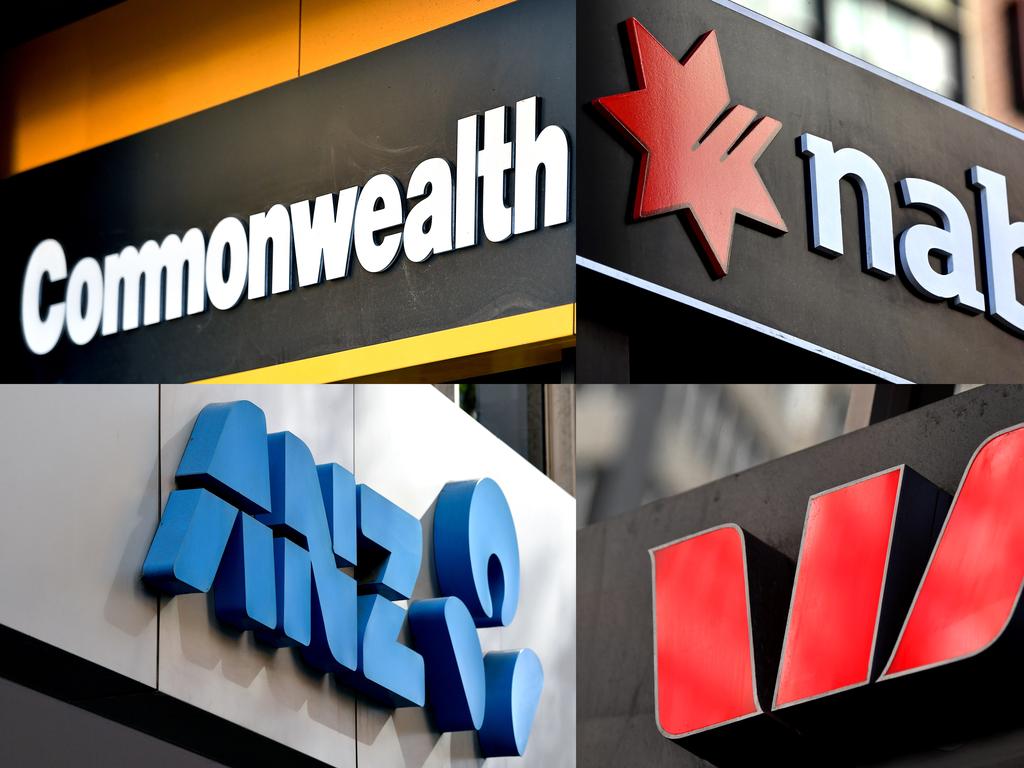Are ETFs driving market volatility?

That historic extremes have been reached, suggests the possibility that innovations such as exchange-traded funds (ETFs) exacerbated, if not led, the wild gyrations.
The question has important ramifications for policy makers as they grapple with mitigating the damage the COVID-19 virus creates in the real world and in global and national financial markets.
The depths of these difficulties were made clear by the pressure the US Federal Reserve Board has experienced even after cutting its target federal funds rate to as little as zero per cent.
Initially, the pressure was to increase credit to the economy, but some of the programs, including those to buy junk bonds, has increased concerns about monetary controls. Evidence has come, too, in the recurring trading halts that have blighted US equity markets.
The chasm of opinion over whether ETFs are enhancing the drastic price shifts or facilitating investors’ need for liquidity may be widening.
On the one hand, ETF sponsors have convincing evidence that the 30-year-old instruments have facilitated investors’ need to trade. BlackRock pointed out in an early March 2020 report, titled High Velocity Markets, that equity ETF trading volume in the week of February 24 accounted for 38 per cent of the US total, compared with a 2019 average of 27 per cent.
This, they said, suggests the instruments gave investors a tool to quickly and efficiently respond to market changes. Indeed, it is difficult to fathom how many times markets might have locked up if diversified investors’ only options were to trade hundreds of individual securities.
Market driver or passenger?
Concern over the role of ETFs, as noted in a paper the US CFA Institute published in January 2020 through its Research Foundation, is that ETFs are no longer a “passenger” in the market, but rather the “driver” of the market. To a degree, this dynamic is unchallenged and is seen in some ways as a positive for investors and markets.
What is most concerning is that ETFs, as a driver, are potentially boosting correlations among the securities and instruments in the baskets underlying these ETFs, and even across different ETFs. In a statement released on March 19, the Systemic Risk Council, an independent forum funded by the CFA Institute, recommended among other things that sovereigns prepare to serve as capital-market makers of last resort, and to potentially buy private securities. One means of doing this would be to use ETFs, as Japan did openly in early March and the US Fed has vowed to do in more recent weeks.
Such a strategy relies, in large part, on the net asset value of the underlying basket to move in tandem with the securities representing the exchange-traded funds. That close linkage is not always present, however, particularly in markets where the underlying instruments are opaque, illiquid, or even highly leveraged. Indeed, the CFA Institute Research Foundation report suggested such ETFs faced risks, including the potential that firms permitted to engage in arbitrage — known as authorised participants — will step away from the market at critical moments rather than stepping in to keep the price of the ETF close to the value of its underlying basket.

In most cases, this structure performed as expected, but not in every case. In particular, ETFs tracking weaker, illiquid, and leveraged instruments, including even high-quality bonds, were trading at wide discounts to the net asset value of their underlying holdings.
The Fed has said it would buy ETFs along with other instruments in a bid to maintain market values. The Financial Times noted some in the market saw this as recognition of the importance of ETFs, while others saw it as a way for the Fed to hold the line on rates of longer-dated corporate debt.
The market turmoil and investors’ responses highlight the question over whether ETF prices are based on the value of the underlying basket, or whether they determine valuation for their underlying baskets. If the latter, has that created the frequency of major swings in market indexes, the size of the swings, and the speed with which the indexes change? If not, does it matter?
Definitive answers to these questions will take weeks or months for the industry to give its collective assessment of what has happened since mid-February. It will take years for academic researchers to burrow through the data for their conclusions.
For now, though, the only definitive answer is that the losses are immediate. In the meantime, greater transparency and dissemination of the net asset values of the underlying basket would at least alert investors to breaks in the links of ETF prices and net asset values.
Jim Allen is head of Americas capital markets policy at CFA Institute
Barron’s







In the current US environment, the turmoil in healthcare and the economy has been joined by mystifying swings in global securities markets. While the global pandemic has no doubt created and contributed greatly to volatility, the magnitude of the swings raises questions about its origins.